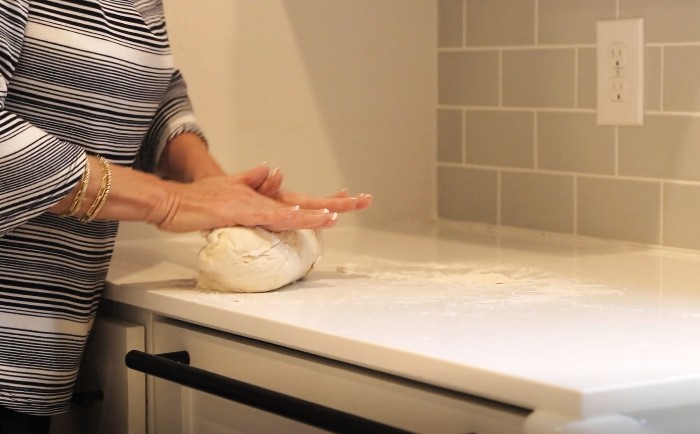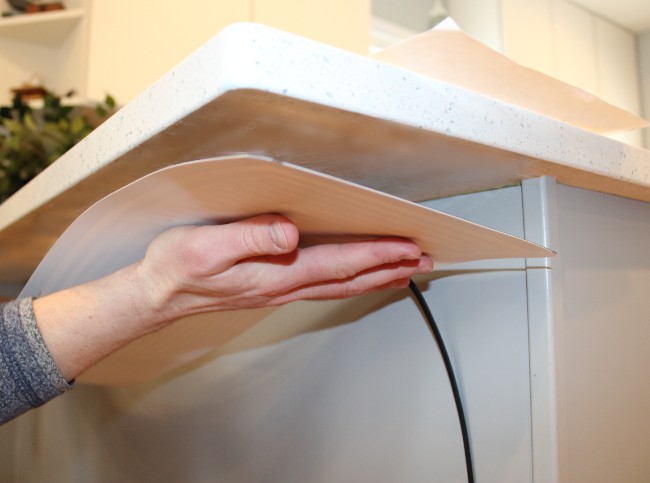ABC News
There’s something undeniably comforting about the aroma of freshly baked bread wafting through the kitchen. Whether you’re a seasoned baker or a novice enthusiast, mastering the art of bread making requires a blend of technique, patience, and a dash of science. In this post, we’ll explore some best practices to help you achieve bakery-quality bread right in your own home.
Start with Quality Ingredients

Reluctant Gourmet
The foundation of great bread begins with quality ingredients. Opt for high-quality flour, fresh yeast (or active dry yeast), salt, and water. Experimenting with different types of flour, such as whole wheat or rye, can add depth of flavor and texture to your bread.
Understand the Dough

Kitchen Cookbook
Before diving into the bread-making process, it’s essential to understand your dough. Different types of bread require different levels of hydration, kneading, and rising times. Familiarize yourself with the characteristics of your dough and adjust your technique accordingly.
Kneading: The Heart of Bread Making

Kneading is perhaps one of the most crucial steps in bread making. It’s the process of working the dough to develop gluten, which gives bread its structure and texture. While some recipes call for hand-kneading, others may recommend the use of a stand mixer with a dough hook attachment. Whichever method you choose, the goal is the same: to achieve a smooth, elastic dough.
The Importance of Warmth

Hearts Content Farmhouse
One often-overlooked aspect of bread making is the temperature of the dough and the environment. Warmth plays a crucial role in yeast activation and dough development. When kneading dough, using a warm surface can expedite the fermentation process and improve gluten formation. Here’s why:
- Yeast Activation: Yeast is a living organism that thrives in warm environments. By kneading dough on a warm surface, you create an ideal environment for yeast activation, leading to faster fermentation and better rise.
- Improved Gluten Formation: Warmth helps relax the gluten in the dough, making it easier to stretch and knead. This results in a smoother, more elastic dough that produces light and airy bread.
- Consistent Temperature: Maintaining a consistent temperature throughout the bread-making process is essential for optimal fermentation. By starting with a warm surface for kneading, you ensure that the dough stays at an ideal temperature for yeast activity.
How to Ensure You Knead on a Warm Surface

FeelsWarm.com
A countertop warmer is the perfect solution for kneading dough on a warm surface. Simply peel-and-stick the product underneath your countertop, plug it into an outlet and appreciate the warmth. The heating mat is ultra-thin and can be custom designed to fit your exact countertop. Having a heated section of your quartz, granite, marble or laminate countertop is ideal for bread making, as well as food staging and thawing food. Shop countertop warmers here.
Conclusion
Bread making is as much a science as it is an art. By following these best practices and understanding the importance of warmth in the kneading process, you can elevate your bread-making game and enjoy the satisfaction of baking delicious loaves from scratch. So roll up your sleeves, turn on your heated countertop, and let the aroma of freshly baked bread fill your home. Happy baking!


